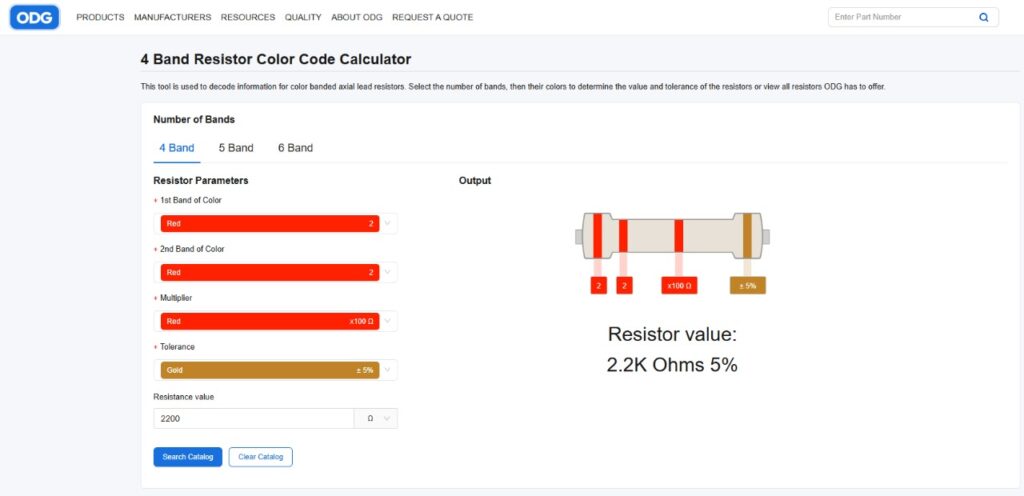
Whether you’re just starting in electronics or looking to sharpen your knowledge, understanding what is a resistor and how to interpret its value is essential. This guide covers the basics of what does a resistor do, the meaning of the resistor color codes, and the importance of tools like a resistor color code calculator.
What Is a Resistor?
Many people ask, “what is a resistor?” A resistor is a small electronic component that controls the flow of electrical current in a circuit. It limits or reduces the amount of current, helping protect sensitive parts and maintain proper functionality. If you’ve ever wondered what does a resistor do, this is your answer—it resists electrical flow to keep things balanced.
How to Read a Resistor: Resistor Color Codes
Most resistors are too small to display numeric values, so manufacturers use resistor color codes to indicate resistance. This system uses a series of colored bands on the body of the resistor, each representing a number or multiplier.
To help with decoding, professionals often rely on a resistor color code chart or a resistor color chart. These charts match each color (e.g., red, green, blue) with its corresponding numerical value and tolerance, making it easier to determine a resistor‘s exact resistance.
Using a Resistor Color Code Calculator
If you’re unsure about reading color bands manually, a resistor color code calculator is a perfect solution. Simply input the color bands into the tool, and it will instantly give you the resistor‘s value. It eliminates guesswork and speeds up the design or repair process.
Some people also use a resistor to color code calculator, which works in reverse. Enter the resistance value, and it shows you the color bands needed. This is incredibly useful for identifying and organizing resistors in a lab or workshop.
Understanding Resistors in Series
Another important concept in electronics is connecting resistors in series. When resistors are placed end-to-end in a circuit, the total resistance increases. The formula is simple:
R_total = R1 + R2 + R3 + …
This configuration is used when you want to create a higher resistance than a single resistor can provide. It’s a core principle for circuit designers and hobbyists alike.
Quick Reference Tools: Resistor Chart
Whether you’re building a circuit or troubleshooting one, having a resistor chart nearby can save time. A resistor chart typically includes resistance values, tolerances, and color codes, acting as a quick reference when working with a variety of resistors.
Don’t forget that spelling variations exist—some refer to the system as resistorcolor code (typed as one word), especially in URLs and online resources. Regardless of how it’s spelled, the concept and application remain the same.
Conclusion
To summarize: understanding what does a resistor do, how to use a resistor color code chart, and the value of a resistor color code calculator are essential for anyone working with electronics. From reading resistor color codes to building circuits with resistors in series, these skills and tools make designing and troubleshooting much easier. Whether you’re a student, hobbyist, or engineer, mastering the resistor color chart and associated tools will take your electronic knowledge to the next level.